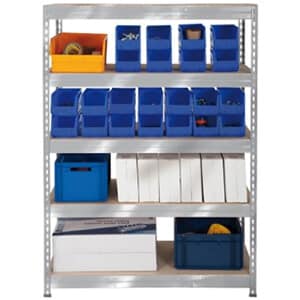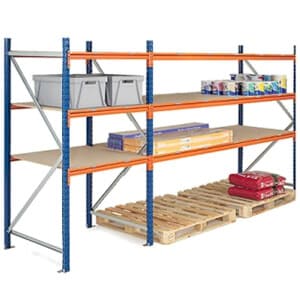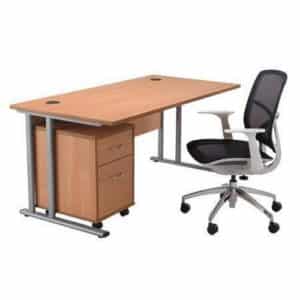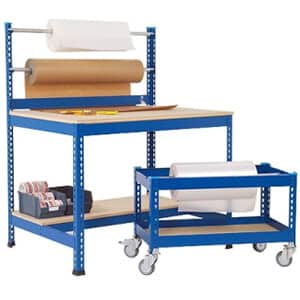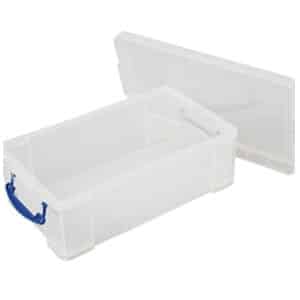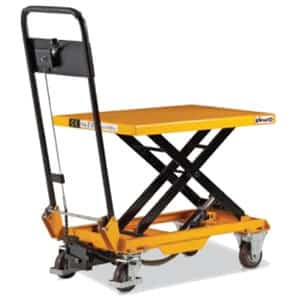The Importance Of Regular Inspections Of Your Pallet Racking And How To Inspect it
| September 11, 2015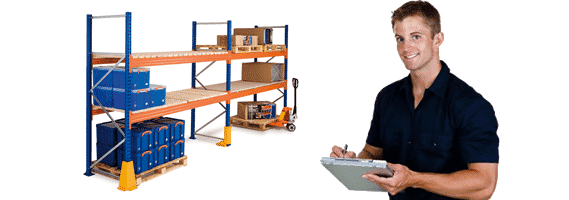
Industrial pallet racking is indispensable where mechanical handling equipment is used as in warehousing and materials storage. Supporting huge loads is the core function of pallet racking systems, and they do this best when properly used and cared for. Avoidable, disastrous consequences with serious and fatal injuries can result, however, if their maintenance is neglected.
Most of the damage sustained by pallet racking is through overloading, poor installation and forklift impacts. It is definitely worth it to do regular inspections of your selective pallet racking. These can eliminate the potentially huge cost of a pallet racking collapse.
What To Check For
- Signs Of Tilt – A forklift is far more likely to damage a skewed rack than a level one. Skewed or misaligned racks are a definite warning sign, whether caused by poor installation or unstable foundations.
- Signs Of Rust Or Corrosion – Check areas that show signs of any paint scrapes or staining, as corrosion dangerously weakens metal.
- Signs Of Overloading – Pallet racking beams have specific load limits and capacity ratings (found in the manufacturer’s documentation). It may be difficult to tell at a glance whether there is overloading, but knowing the ratings and the weight of the stored material helps you to make a sound judgment.
- Signs Of Damaged Or Bent Upright Beams – Usually caused by forklift impact, damaged or bent beams cannot safely bear the same amount of load as sound beams. Even the slightest dents are a big risk for accidents and injury.
Inspecting The Load Beams
The horizontal load beams can be compromised by impacts or by overloading, much in the same way as the upright beams. Pay keen attention to beams that are bent, scraped, or otherwise deformed.
The deflection or sag of a horizontal beam when a load is placed on it is normal within a certain range, and should disappear when the load is removed. The best rule to go by is no more deflection than 1/180th of the length of the entire beam. Any greater and it should be replaced.
Checking The Connections
Connections of the beams to the upright require diligent inspection of all the parts involved. All clips, bolts, safety pins and other beam attachment accessories must be in place and undamaged. Note any cracked or broken welds, scrapes, or any other telltale signs of damage.
You can expect many years of useful service from your selective pallet racking once it is checked regularly and thoroughly for safety. Professional inspections are a worthwhile investment, since the inspector is aware of your local safety codes and standards. Such simple and documented inspections may end up saving lives and your investment.


